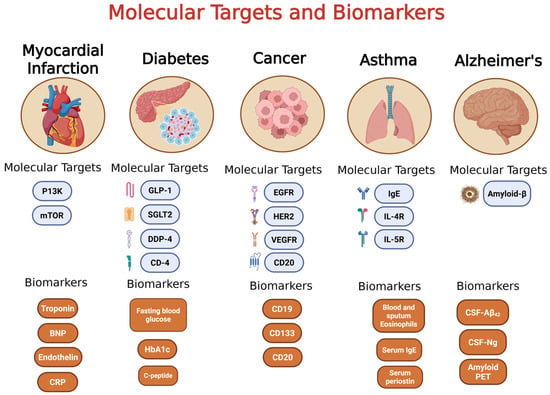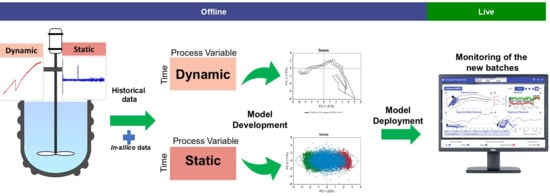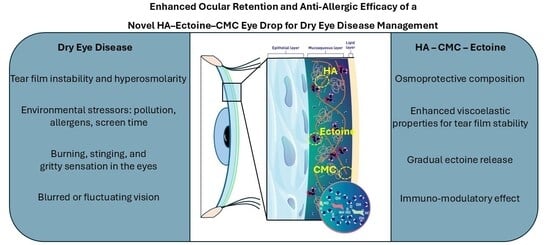- Review
The Future of Precision Medicine: Targeted Therapies, Personalized Medicine and Formulation Strategies
- Gopinath Rongala,
- Druva Sarika Rongala and
- Appalaswamy Naidu Rongala
Medicine is accelerating rapidly, offering the advantages of site-specific delivery, minimized side effects, and improved treatment outcomes. A diverse array of chronic diseases, such as cancer, diabetes, asthma, myocardial infarction, and Alzheimer’s disease, are often accompanied by severe adverse effects and limited specificity, necessitating concentrated attention on targeted therapies. Recent advancements in molecular profiling and understanding of target pathways have enabled the identification of specific biomarkers and gene targets. These advancements have led to the development of targeted therapies that focus on the specific molecular alterations responsible for disease progression. Such therapies offer a more personalized and effective approach to treatment. This review focuses on the benefits of targeted therapies compared to traditional therapeutics and provides an overview of currently available targeted therapies for chronic diseases. By highlighting these advancements, the review aims to illustrate the progress in disease treatment towards more personalized approaches. The goal is to underscore how targeted therapies have evolved and how they represent a significant shift towards personalized therapy.
8 December 2025



![Flowchart according to PRISMA for selection of articles [17].](https://mdpi-res.com/jpbi/jpbi-02-00018/article_deploy/html/images/jpbi-02-00018-g001-550.jpg)

